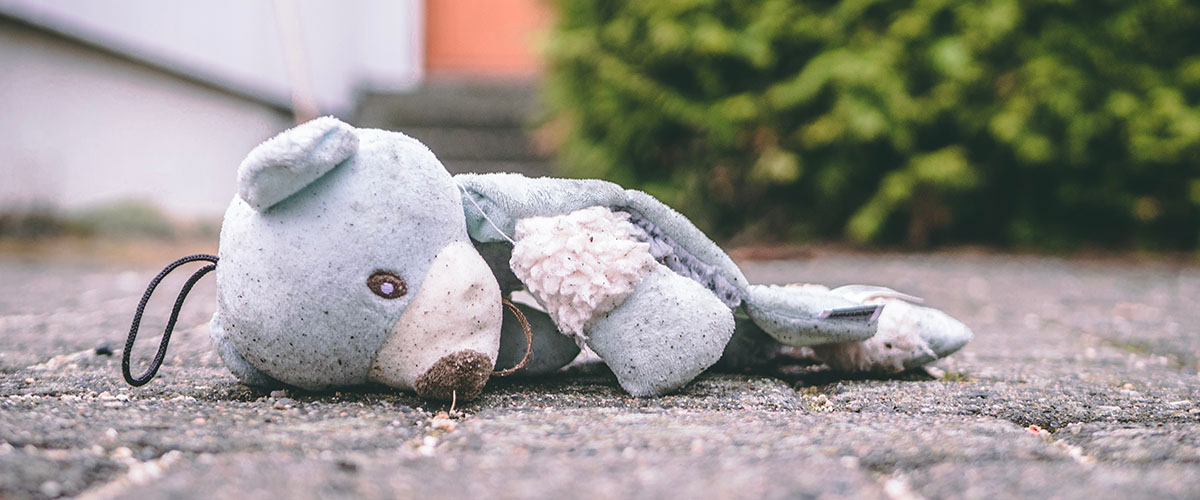
Accessibility Tools
Our counsellors can answer different questions via e-mail or regular mail as well as provide e-counselling when a person cannot or do not want to have personal counselling sessions.
Our counsellors provide information to victims of violence, to general public, to people that have noticed violence and don’t know how to react, to school employees and other professionals. Helpline is also a way to be in contact with victims who cannot come to our office but need counselling or information.
Association for Nonviolent Communication provides programmes for people experiencing violence, as well as for perpetrators of violence. We constantly try to adapt our methods of work to the needs of our users. For this reason we are constantly developing new projects, programmes, new ways of cooperation with other organizations and new actions.
All the programs for victims and perpetrators of violence, described above, are free of charge, as they are financed with funds received on public tenders.

1. Violent parenting leads to a child’s inadequate behavioural patterns.
Children are very receptive to negative messages about themselves, others and the world. Adults often use violence against children with educational arguments. They use violence “to teach a child something”. Although they use it with good intentions, violence is unacceptable parenting method. It causes a child to feel pain, fear, sadness and anger. Adults use violence as a shortcut to achieve discipline, obedience, proper behaviour. Nevertheless, a child gets harmful messages and learns inappropriate behavioural patterns, such as:
2. Using violence when raising a child is inadequate parenting.
3. Parents should teach their children to use non-violent communication and behavioural patterns.
4. Children learn from experience and role models.
5. What is psychological violence against children?
When children and adults talk about psychological violence, they usually mention one of the following forms:
6. What is physical violence or child maltreatment?
Physical violence is any form of corporal punishment, including one that leaves no visible consequences on the body. Any violence has consequences on child's psyche and is inexcusable.
When to suspect that a child is experiencing physical violence?
7. What is child sexual abuse?
Child sexual abuse is a form of child abuse in which an adult or adolescent engages a child in sexual activities, no matter whether by pressure or by other means. It includes inappropriate exposure (of the genitals, etc.), sexual intercourse of any kind, inappropriate touching, child grooming, using a child to produce materials of child sexual abuse, etc. Due to unequal power in the relationship between a child and an adult/adolescent, a child has no real chance to refuse sexual activity. The task of all adults is to respect and protect the sexual integrity of children.

We believe that:
LJUBLJANA
![]() 01 4344 822
01 4344 822
![]() 031 770 120
031 770 120
![]()
TRR ZA DONACIJE:
SI56 0204 4001 3446 380

Matična št: 1160656
Davčna št: 91885566

STATUS HUMANITARNE ORGANIZACIJE

ENOTA KOPER
![]() 05 6393 170
05 6393 170
![]() 031 546 098
031 546 098
![]()